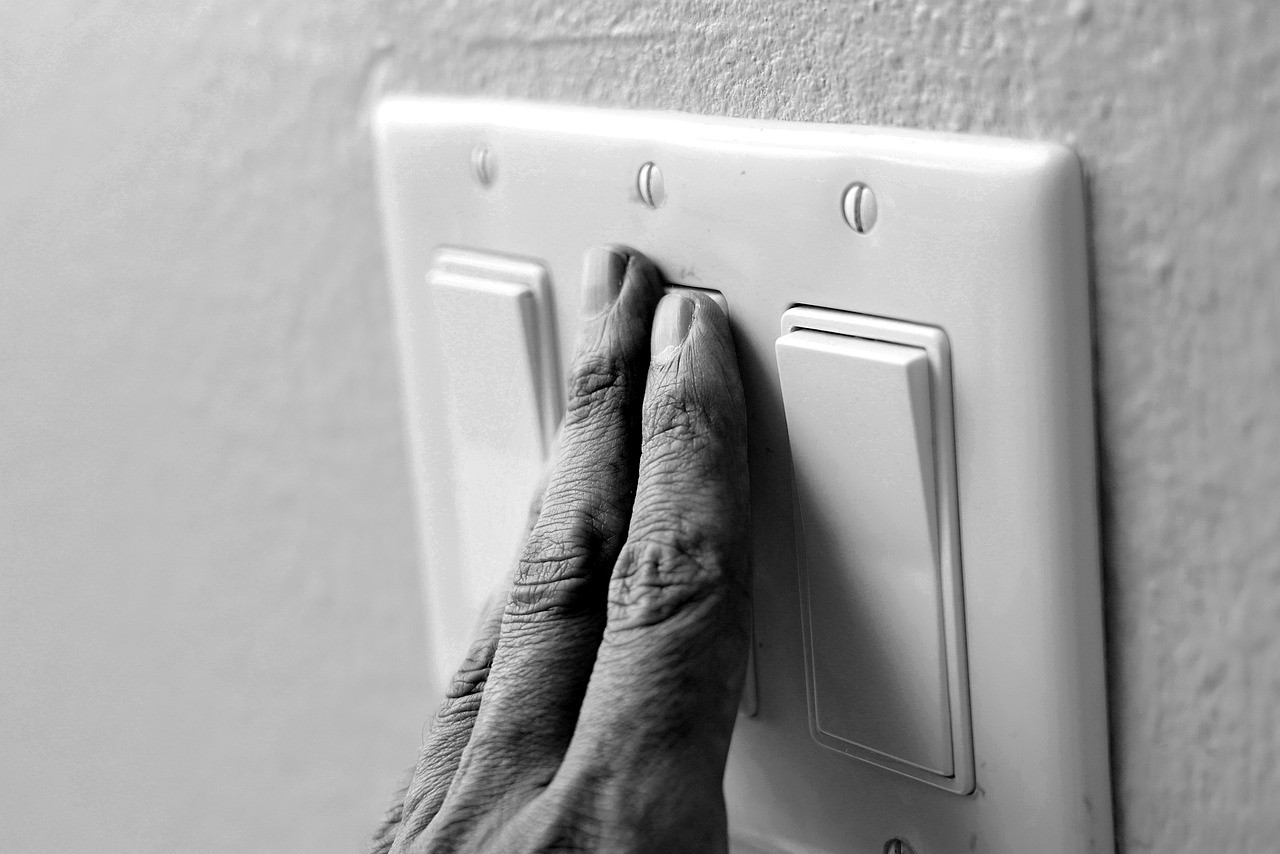Namaste, Fellow Financial Florists!
Just as every plant needs the right amount of sunlight, our homes need efficient energy management. Today, let’s explore how to cultivate an energy-efficient home while keeping comfortable in India’s diverse climate zones.
## Understanding Your Power Garden
### 1. Energy Audit Basics
First, identify your major power consumers:
– Air Conditioning: 40-50%
– Refrigerator: 15-20%
– Water Heater: 10-15%
– Lights & Fans: 10-12%
– Other Appliances: 15-20%
**Monthly Impact:**
Average Indian home electricity bill: ₹3,000-6,000
Potential savings with optimization: 30-40%
## Natural Cooling Strategies
### 1. Traditional Architecture Wisdom
**Design Elements:**
– Cross ventilation
– Courtyard benefits
– High ceilings
– Natural shade
**Implementation:**
– Strategic window usage
– Air flow patterns
– Green barriers
– Thermal insulation
### 2. Plant Power
**Natural Cooling:**
– Creeper plants on walls
– Indoor plants
– Rooftop gardens
– Vertical gardens
**Cost-Benefit:**
– Initial setup: ₹2,000-5,000
– Annual savings: ₹6,000-12,000
– Additional benefits: Better air quality
## Smart Appliance Management
### 1. Air Conditioning Wisdom
**Optimal Usage:**
– Set temperature at 24-26°C
– Regular maintenance
– Timer utilization
– Zone cooling
**Money-Saving Tips:**
– Pre-cooling techniques
– Night ventilation
– Desert cooler alternatives
– Fan combination
### 2. Refrigerator Efficiency
**Best Practices:**
– Door seal maintenance
– Proper spacing
– Regular defrosting
– Temperature optimization
**Location Matters:**
– Away from heat sources
– Ventilated space
– Level placement
– Shade consideration
## Lighting Your Space Wisely
### 1. Natural Light Maximization
**Design Strategies:**
– Light colors for walls
– Strategic mirror placement
– Window optimization
– Skylight options
**Cost Savings:**
– Reduced daytime lighting needs
– Lower AC requirements
– Better mood and productivity
– Health benefits
### 2. LED Revolution
**Investment Analysis:**
– Initial cost: ₹1,000-2,000
– Annual savings: ₹2,000-3,000
– Lifespan: 8-10 years
– ROI: 6-8 months
## Water Heating Solutions
### 1. Solar Integration
**Options:**
– Solar water heaters
– Hybrid systems
– Timer-based heating
– Point-of-use heaters
**Financial Impact:**
– Installation cost: ₹15,000-25,000
– Annual savings: ₹6,000-8,000
– Government subsidies available
– Break-even: 2-3 years
### 2. Traditional Methods
– Black tank systems
– Natural pre-heating
– Time-based usage
– Insulation techniques
## Seasonal Strategies
### 1. Summer Solutions
**Natural Cooling:**
– Early morning ventilation
– Afternoon shade
– Night cooling
– Water features
**Support Systems:**
– Desert coolers
– Ceiling fans
– Window treatments
– Cool roof technologies
### 2. Monsoon Management
**Humidity Control:**
– Dehumidification
– Ventilation
– Mold prevention
– Equipment protection
### 3. Winter Wisdom
**Heat Retention:**
– Sunlight maximization
– Draft prevention
– Natural insulation
– Thermal mass usage
## Smart Technology Integration
### 1. Automation Benefits
**Smart Systems:**
– Motion sensors
– Timer controls
– Temperature monitoring
– Load management
**Investment Returns:**
– Initial cost: ₹5,000-10,000
– Annual savings: ₹3,000-6,000
– Convenience value
– Remote management
### 2. Energy Monitoring
**Tools:**
– Smart meters
– Usage trackers
– Peak load alerts
– Efficiency apps
## Community Initiatives
### 1. Group Actions
– Bulk purchasing of LED bulbs
– Shared solar installations
– Knowledge exchange
– Maintenance sharing
### 2. Educational Programs
– Energy awareness workshops
– Children’s programs
– Best practice sharing
– Technology updates
## Long-term Investments
### 1. Solar Solutions
**Options:**
– Rooftop solar
– Solar water heating
– Solar air conditioning
– Hybrid systems
**Financial Analysis:**
– Installation: ₹1-3 lakhs
– Annual savings: ₹24,000-60,000
– Government incentives
– Break-even: 4-5 years
### 2. Building Improvements
**Upgrades:**
– Insulation
– Window treatments
– Cool roofing
– Green facades
## Daily Habits That Save
### 1. Morning Routine
– Natural light usage
– Optimal ventilation
– Equipment timing
– Temperature setting
### 2. Daytime Practice
– Peak load management
– Natural cooling
– Equipment efficiency
– Load distribution
### 3. Evening Systems
– Lighting optimization
– Temperature control
– Standby elimination
– Night ventilation
## Implementation Plan
### Week 1: Assessment
– Energy audit
– Usage patterns
– Equipment check
– Habit review
### Week 2: Quick Wins
– LED replacement
– Maintenance
– Habit changes
– Timer settings
### Week 3: Medium Projects
– Insulation
– Ventilation
– Green additions
– Smart controls
### Week 4: Long-term Planning
– Solar assessment
– Major upgrades
– Community initiatives
– Monitoring systems
## Financial Impact Analysis
### Monthly Savings Potential:
**Basic Changes:**
– Lighting: ₹200-300
– Cooling: ₹500-1,000
– Appliances: ₹300-500
– Water heating: ₹200-400
**Advanced Implementations:**
– Solar: ₹2,000-5,000
– Smart systems: ₹500-1,000
– Natural cooling: ₹1,000-2,000
– Community initiatives: ₹500-1,000
## Conclusion: Growing Your Energy Savings
Remember fellow Financial Florists:
– Natural solutions are often best
– Small changes add up
– Community efforts multiply benefits
– Long-term thinking brings biggest returns
In our next article, we’ll explore “The Transportation Garden: Growing Your Wealth Through Smart Travel” – optimizing your daily commute and travel expenses.
Until then, may your home be efficient and comfortable!
Your Financial Florist



